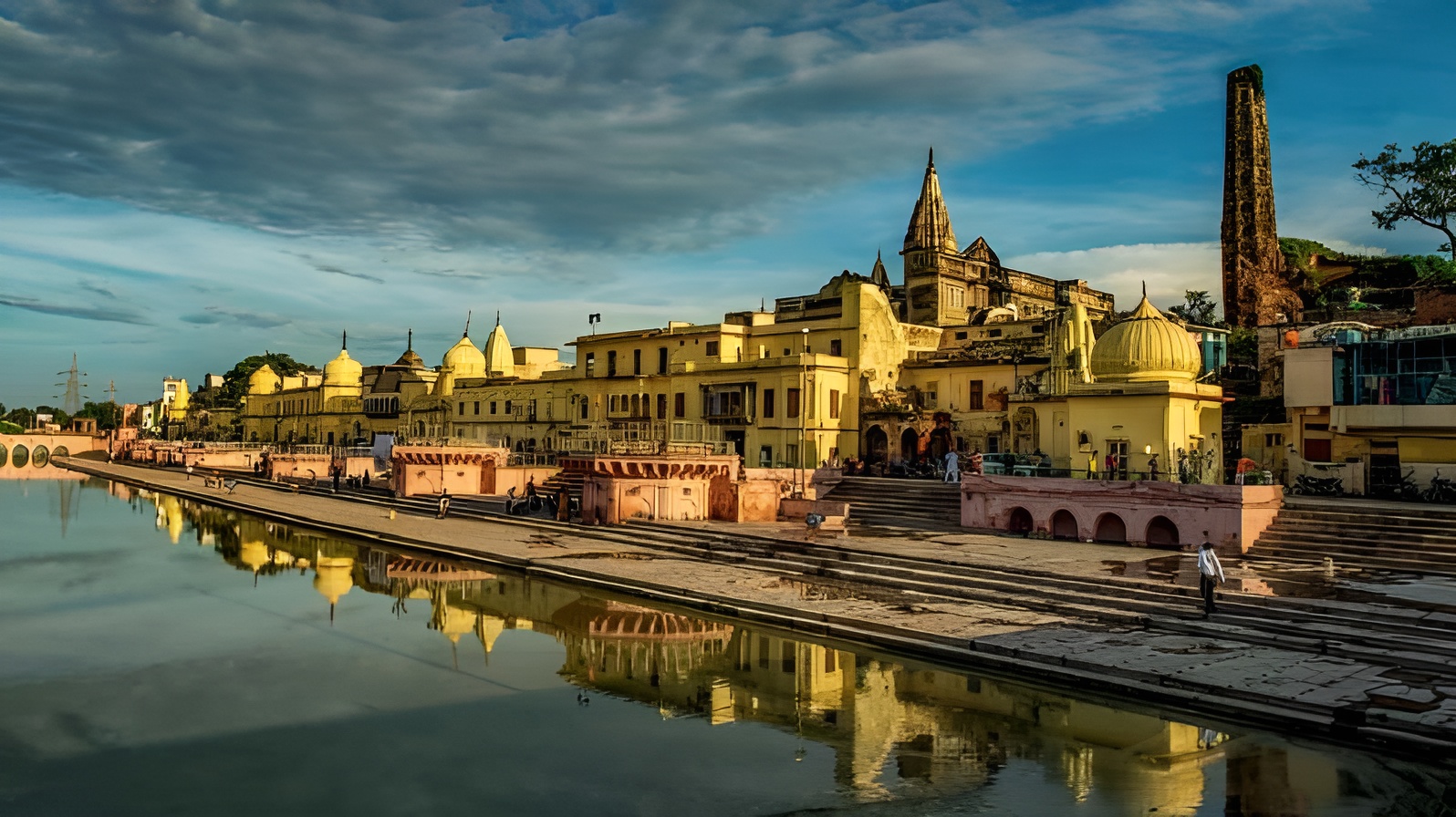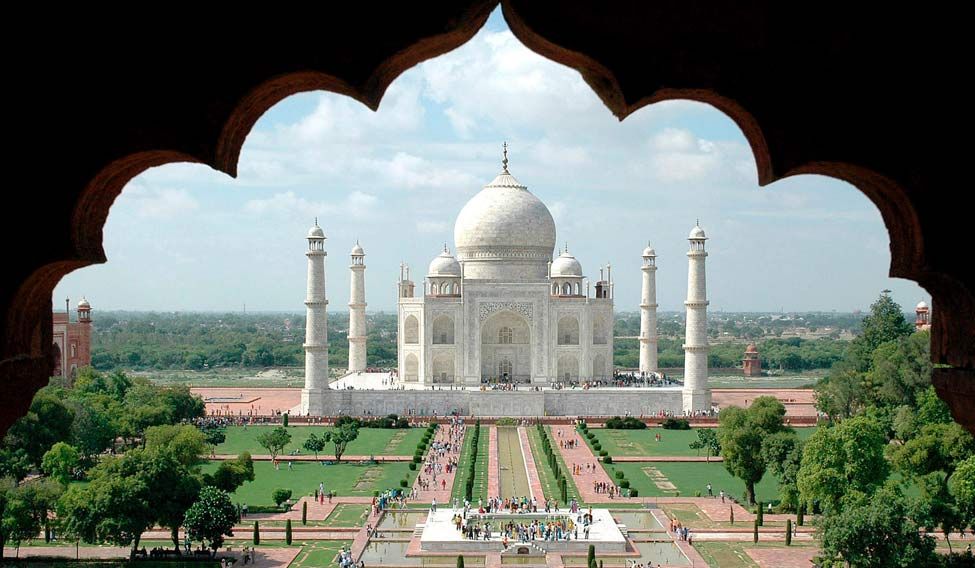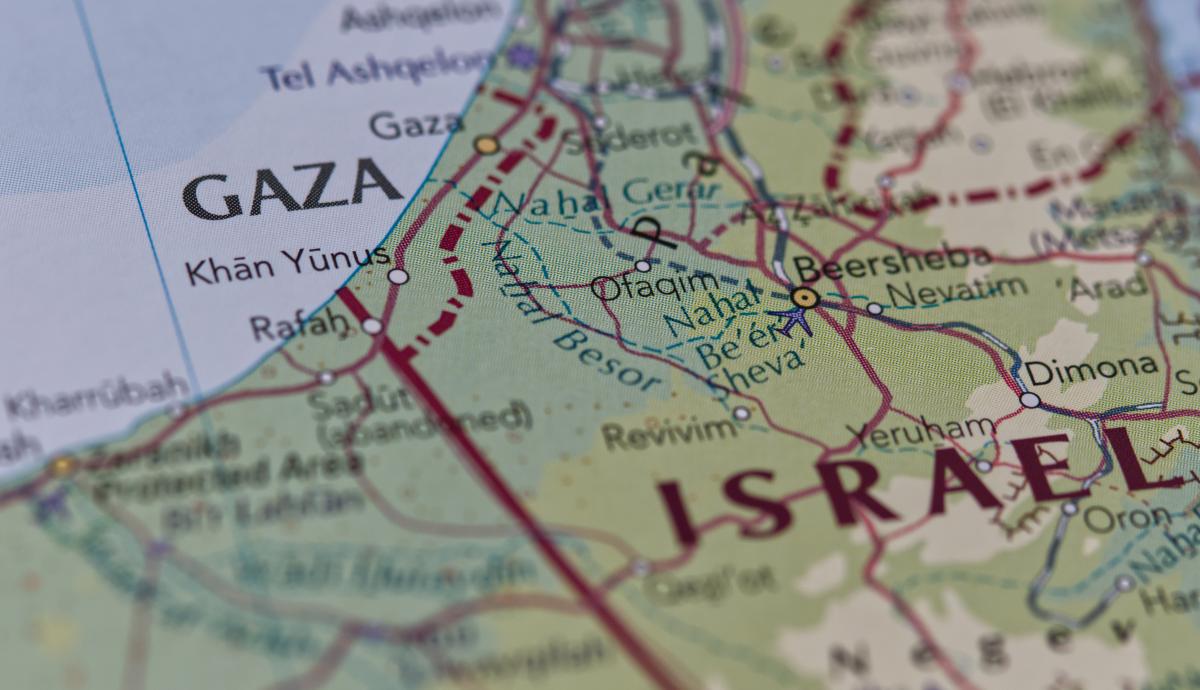A revolution is taking place in the centre of the revived Ayodhya in New India as the growing influence of capitalism clashes with the magnetism of religion. Ayodhya is no longer just a spiritual retreat; it is increasingly teeming with contractor capitalism, with businesses vying for market share as the city gains more and more importance.
The unseen hands of Gujarati contractors and management, who are displacing native attitudes and customs, are leading this transformation. The sleek cruise boats that are ready to serve a wave of affluent tourists have arrived on the once tranquil banks of the Sarju River. These boats are far different from the lowly paddle boats of the Kewat tribe that were once important to the history of Ayodhya.
Court decision of 2019 Teerth Kshetra Trust (SRJTK), an independent organisation created on Prime Minister Narendra Modi’s order in response to the historic Supreme Court decision of 2019, is crucial to this change in the balance of power. Entrusted with managing the building of the Ram temple and the rejuvenation of Ayodhya, the SRJTK controls the future of this historic city.
Now, a combination of political power and religious fervour is dictating Ayodhya’s future, led by individuals such as Nripendra Misra, the head of the construction committee, and Champat Rai, the vice president of the VHP. Supported by the government and Vishwa Hindu Parishad, Ayodhya hopes to become a global tourism attraction and a hub for Hindu pilgrimages, with plans for a multibillion-dollar makeover.
But amid the extravagant intentions, there’s a story of doubt. Can one temple that isn’t appealing to everyone meet the high expectations of tourists, especially in an area that is struggling with development? While the government organises pilgrimage transportation to Ayodhya and trains launch dedicated “faith” trains, concerns remain regarding the long-term viability of these initiatives.
Under the surface, there are whispers of dissatisfaction over the entrance of foreign labour and contractors, and Uttar Pradesh is struggling to lead modernization initiatives. But in the clamour of the building, the traditional iconography’s image of Ram seems to be losing its meaning in favour of a more aggressive, politicised one.
The contrast between modern materialism and age-old devotion is unsettling to a pilgrim versed in the timeless legends of Ram. Ayodhya finds itself at a crossroads, separated by the demands of modern politics and its spiritual legacy, as the placid deity becomes a symbol of fierce nationalism.
Ram’s actual nature, which is compassion and peace, runs the risk of being obscured in this story of metamorphosis by the din of selfish interests and partisan agendas. Ayodhya faces difficulty maintaining the integrity of its spiritual tradition in the face of modernity’s onslaught as it makes its way through the currents of change.
The mystique of religion collides with the realities of economic advancement in the busy streets and corridors of power of Ayodhya, creating a path of confusion and fear in its wake. The unfolding story of Ayodhya serves as a heartbreaking reminder of the delicate balance that exists in India’s cultural landscape between tradition and progress.








